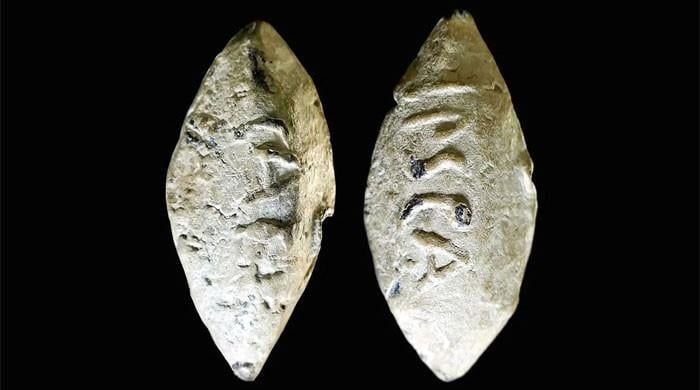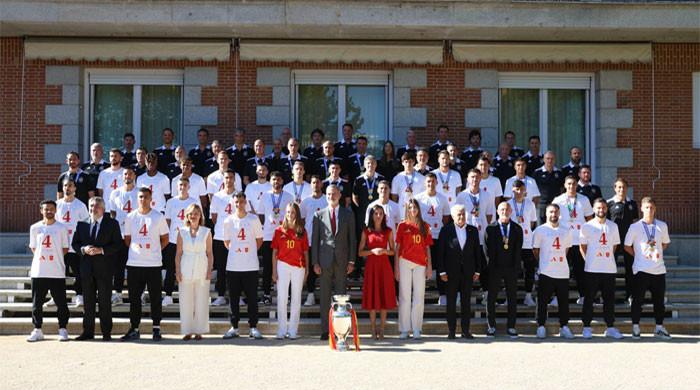A lead projectile, probably used with a sling, was found inscribed with the name of the Roman emperor Julius Caesar
Archaeologists have discovered a 2,000-year-old “bullet” named after the Roman emperor Julius Caesar, which they believe was probably used as propaganda by the emperor's troops.
Known by specialists as the “inscribed glans”, the centenary projectile was unearthed in Spain and measures 4.5 by 2 centimeters and weighs 71 grams. The independent reported.
The bullet, which was probably used with a slingshot, was created using lead cast in a mold. The inscription reads “IPSCA” in Latin for an unknown Spanish town and “CAES” for Caesar.
Experts say the newly discovered artifact could prove that indigenous Spaniards supported the dictator's cause during his civil war in 49-45 BC.
“In the 1st century BC, many glands with inscriptions were made because they were very useful instruments for housing short and very specific messages,” said the study's lead author, Javier Moralejo Ordax. Living science.
The bullet's message was probably intended as political propaganda and encouragement for Caesar's troops, he added.
The Balkans, Greece, Egypt, Africa and Spain were involved in Caesar's civil war. The last offensive, known as the Battle of Munda, occurred in Spanish Andalusia.
Only one other bullet has been discovered in Spain that bears Caesar's name and the text on that bullet says “CAE/ACIPE” which is Latin for “Suck it, Caesar.”
This indicates that Pompey's soldiers were probably sending a message to their adversary.












